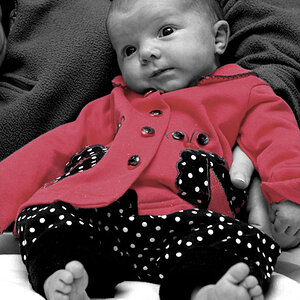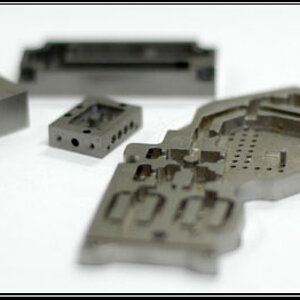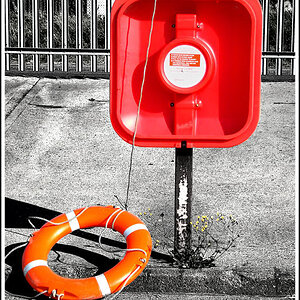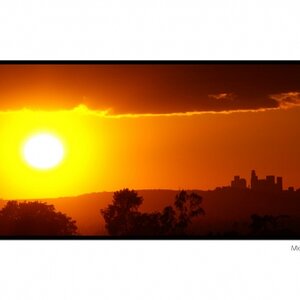Lmphotos
TPF Noob!
- Joined
- Dec 10, 2012
- Messages
- 390
- Reaction score
- 77
- Location
- Missouri
- Website
- www.lauramaephotos.com
- Can others edit my Photos
- Photos OK to edit
That's a first right?? Ha! I'm confused on triggering my OCF. Right now I am Optically triggering in but I learned quick into very unreliable and doesn't work well. This is what I want to do is wirelessly trigger it where I don't have to be next to it for it to go off or it doesn't have to see me. But I also want one to stay on the hot shoe and maintain ettl or at least manual function while my slave is off camera. I know it's possible because I've heard of people doing it but all the triggers I've looked at doesn't seem to be a me to place a flash on top of it for the on camera master. I'm sure this sounds jumbled anyone who can help it is appreciated 






![[No title]](/data/xfmg/thumbnail/30/30885-2764c7a15a288ed06f3903d3a2756832.jpg?1619734497)

![[No title]](/data/xfmg/thumbnail/30/30887-70db98f68651b2f6c62119e611f707c0.jpg?1619734499)





